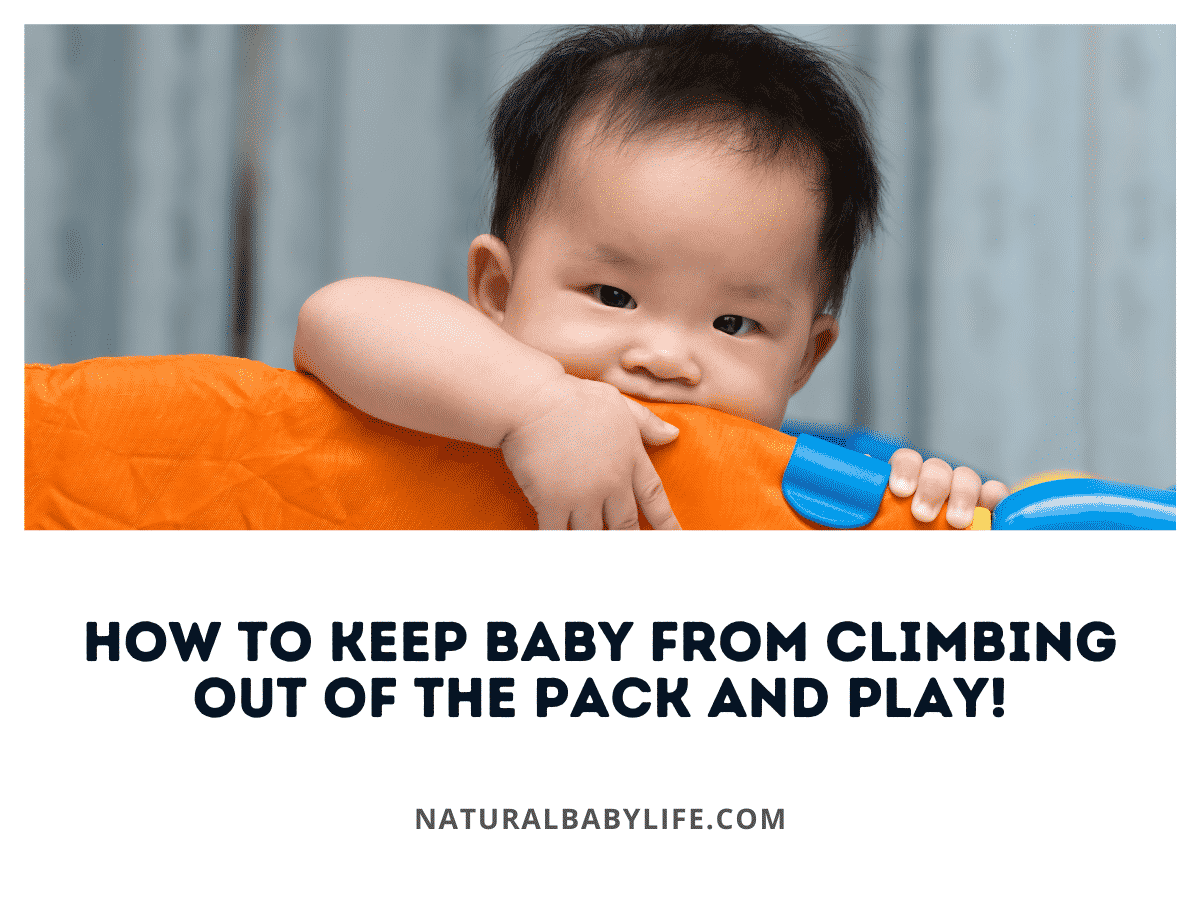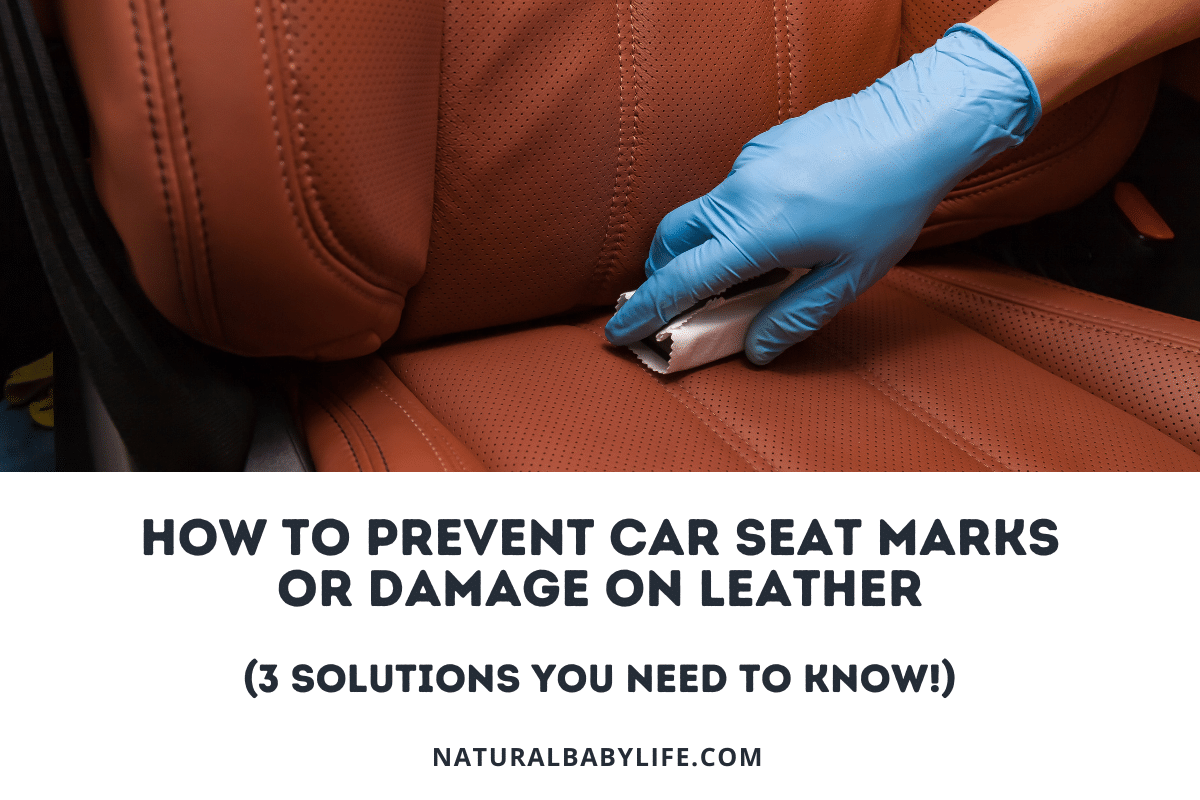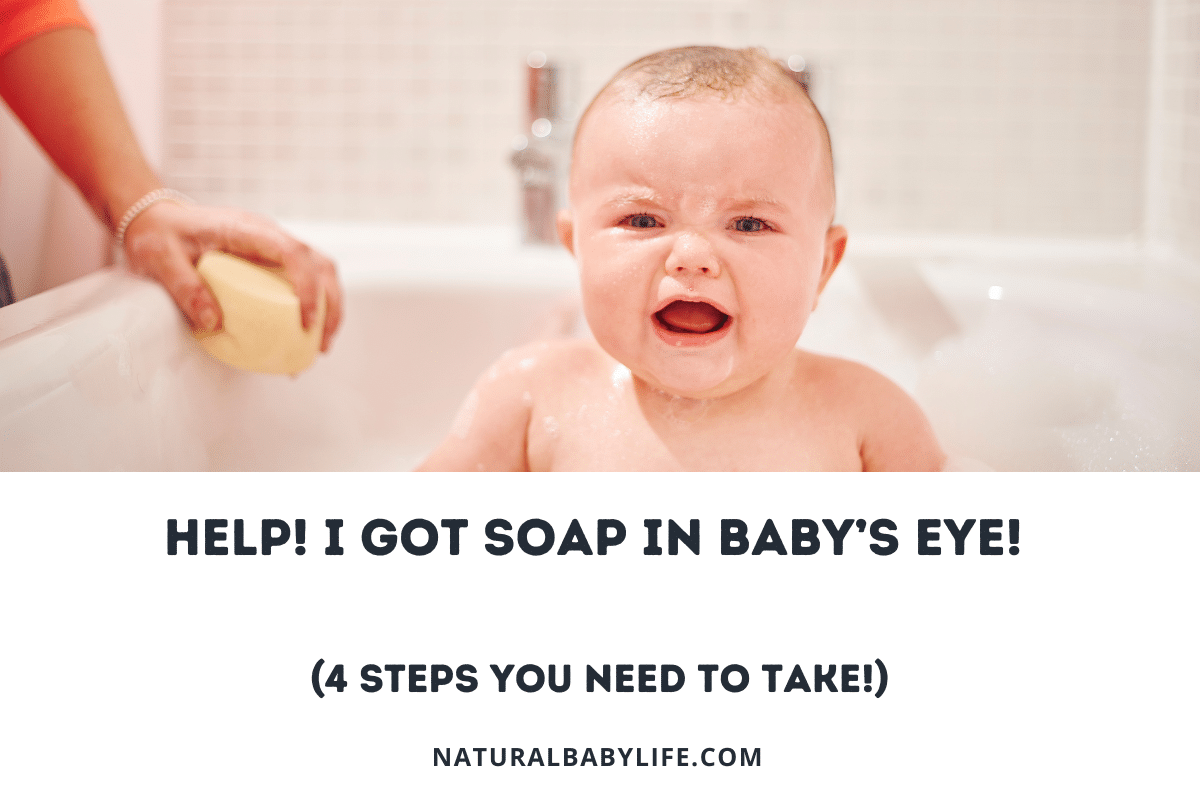Your pack and play probably felt like a dream come true when you first laid your little baby down in it. But now your little baby is getting bigger and has started trying to escape! What can be done about little climbers who take every opportunity to climb out of their pack and play?
Behavioral research has shown that your toddler is likely to start trying to climb out of their pack and play at around 12-18 months. At this point, you will need to either put it away or find a way to discourage your child from trying to climb out. You will need to remove any items your child can climb on, convince them of another course of action, or even purchase a safety tent.
Read on for more information about what developmental milestones to watch out for before your toddler starts escaping from their pack and play, and how to prevent them from climbing out.
Table of Contents
What age do babies start climbing out of a pack and play?
As every parent knows, once your child has discovered a new skill, there is no stopping them! At what age can you expect your little one to begin climbing out of their pack and play?
Studies show that most toddlers will begin to attempt to climb out of their playpen around 12-18 months, although some particularly determined babies can get out before their first birthday. The ability to climb out of a crib or pack and play is a result of a progression of skills.
The first step is once they are able to pull themselves up to a standing position. This typically happens around 9-12 months of age. Your little one also needs to be tall enough to have the leverage to get their foot over the side of the pack and play wall and climb out.
Regulations introduced in 2012 included a minimum side height requirement to help prevent toddlers from climbing out. This was after the CPSC counted more than 2,100 incidents with pack and plays including 60 fatalities, from various safety hazards including climbing out. The official CPSC regulations state that these products are designed for kids less than 35 inches tall.
The best ways to prevent baby from climbing out of a pack and play or playpen!
Whether you need to use them while traveling on vacation or like to leave your child in a safe spot to play while you get things done, pack and plays offer parents a great amount of convenience. But the effectiveness of a pack and play goes down if your child keeps escaping! How can you prevent your little one from climbing out?
To help keep your child from escaping from their pack and play:
- Attach a safety tent
- Remove climbing aids
- Redirect your baby’s attention
- Return your child to the playpen each time they escape
- Put your toddler in timeout
- Give your child the option of playing outside the pack and play
- Use a sleep sack
- Retire the pack and play
Buy A Safety Tent
There are many products on Amazon (such as this one by Nahbou Baby) designed to keep your baby or toddler safely inside their pack and play.
Safety tents or nets are very effective at keeping babies inside a pack and play but it is important to note that these products do carry risks and should always be used with proper adult supervision.
There is a risk of injury if your child becomes tangled or trapped in the netting, and they may cause damage to the tent or pack and play. In addition, some children may become more agitated or claustrophobic by the use of these tent products.
With that said, my family used this exact option for our youngest daughter and it was the ONLY thing that worked for us. Once she got used to the tent, she was actually able to sleeper EASIER and LONGER than before!
- This Pack N Play Pop up safety net tent is designed to fit a standard Pack N Play, (37.5 inches long by 26 inches wide) to keep your toddler safe from climbing out and falling, with this high quality see through mesh tent , you will no more have sleepless nights of worry, as your toddler will be safe in their nursery, this High end quality safety tent will keep them back from climbing out and falling (Pack N Play is not included)
- Easy to install, no tools needed
Prices pulled from the Amazon Product Advertising API on:
Product prices and availability are accurate as of the date/time indicated and are subject to change. Any price and availability information displayed on [relevant Amazon Site(s), as applicable] at the time of purchase will apply to the purchase of this product.
Remove Climbing Aids
Children are resourceful and will often use items you would never dream of climbing on as footstools on their way to freedom.
If your child is using anything inside the pack and play to help them climb out, removing those objects can help.
This could be anything from stuffed animals to toys and may even mean removing pillows and extra bedding at night.
Similarly, if older siblings are helping them to climb out, make sure they are separated and cannot use one another’s help to get out.
Redirection
Redirection is a great parenting tool for nearly any issue you will encounter with your growing toddler.
In this case, practicing redirection could look like distracting your child with toys, books, games, and other methods to take their mind off of trying to escape.
This practice will generally work best during the daytime if you are trying to create a safe space for your child to play while you work or get things done around the house.
Repetition
This method consists of simply placing your child back into the playpen each and every time they sneak out while speaking gently yet firmly to your child and reminding them that they need to stay in the pack and play.
While this may quickly turn into a battle of wills depending on the personality of your child, this method can work very well for some children. Once they learn that you mean business and that climbing out of their pack and play will not get them the desired result (freedom), you may find that the behavior stops altogether.
Timeout
A timeout can also be a strong deterrent for active toddlers who need to learn not to climb!
Although it requires a ton of consistency from you as the parent, enforcing a consequence to your child’s actions is a great way to retrain their behavior and help shape their character.
You can set up a timeout chair or spot in the corner near the pack and play, and your toddler must sit out from playtime or cuddle time for a minute or 2 each and every time they break the “no climbing” rule.
This method of course will work best with older toddlers who are better able to understand the concepts. Timeout is most effective in toddlers and preschoolers when your child is doing something dangerous (like climbing out of their playpen) and when it is given in conjunction with both an explanation and a warning.
Give Options
If you are using the pack and play for playtime, older toddlers can be given a choice.
As the parent, you get to make sure the choices you offer are both something that you would be ok with, and the child gets to feel empowered and in charge of their own decisions. It’s a win-win situation!
For example, you can ask, “Would you like to stay in the pack and play for 5 more minutes or would you like to sit in your high chair and have a snack?” or “Would you like to play with blocks inside your pack and play or would you like to play with dolls inside your pack and play?”
Use a Sleep Sack
When your child is getting out of their pack and play in the middle of the night or in the morning before anyone else is awake, this can be very dangerous. One tactic that can help is by having them wear a sleep sack to bed.
A sleep sack is like a wearable blanket that zips up and covers your child’s entire body. It is a step up from a swaddle blanket and very popular among parents of toddlers. While they will still be able to sit up and even stand up with the sleep sack on, they will be unable to lift their legs high enough to climb out.
If your child is older, you may even want to try putting the sleep sack on backward so they can not unzip it and take it off.
Retire the Pack and Play
The final option you have is to simply admit defeat and move on from the pack and play.
Your child may have outgrown the ability to stay contained for any significant amount of time. If the above methods don’t work, and your child’s escape attempts keep happening, it becomes a safety hazard.
As an alternative for safe playtime, you can try to set up a larger play yard with baby gates or create a childproof playroom for your toddler. If you are using the pack and play for sleep, it may be time to consider a floor bed or toddler bed along with babyproofing the room.











